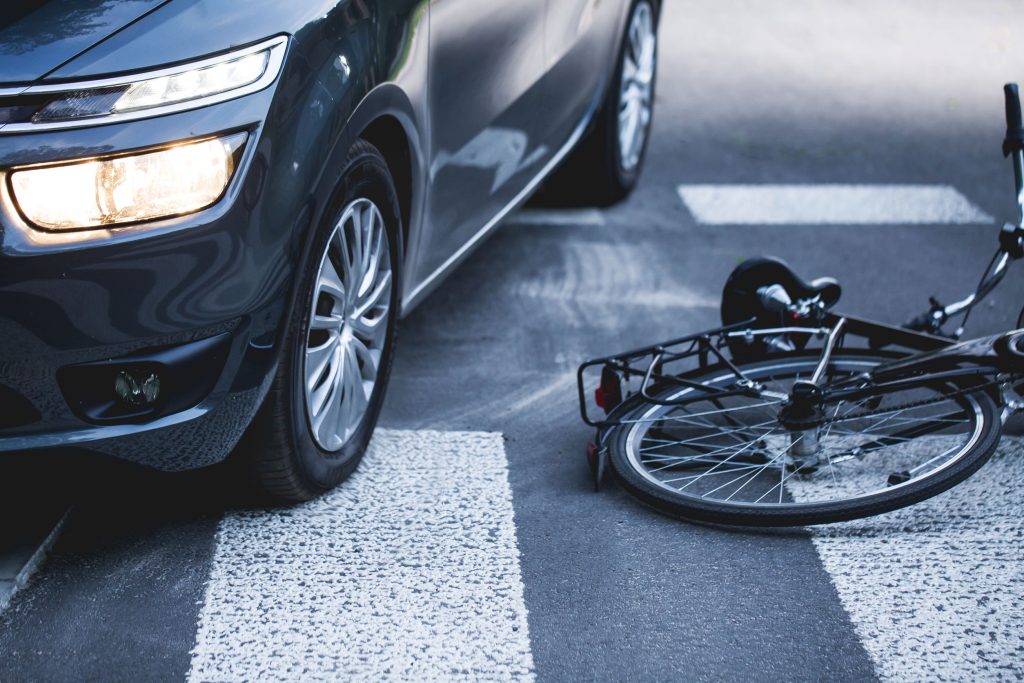The behaviour of a small number of cyclists and motorbike riders is concerning the National Road Carriers Association

Incidents between motor vehicles and cyclists or motor bikes usually see the cyclist or motorbike rider come off second best.
“We know those forms of transport are often quicker in inner city traffic, especially at peak hours,” says David Aitken, the CEO of National Road Carriers Association.
“We respect their right to be on the roads, but they have to be as respectful of other traffic as any other vehicle.”
Aitken says a small percentage of cyclists and motor cyclists appeared to have an arrogant attitude to traffic and expected it to make way for them under any circumstances.
“Perhaps they don’t realize that heavily laden trucks take longer to take evasive action, change direction, or brake and come to a stop.”
Aitken says trucks have blind spots in the front and sides as well as at the rear. Particularly the left-hand side where cyclists ride up at intersections and they can’t be seen.
“Other road users should not always assume truck drivers can see everything that is happening around them.”
He said some NRC members were recreational cyclists and appreciated the inherent danger in riding on the road.
“We know that if we have an incident with a motor vehicle we are going to come off second best and it’s going to hurt.”
The safest place is probably in the view-line of the mirrors of a truck.
Some trucks will have a sign saying, ‘If you can’t see me in my mirrors, I can’t see you’, Aitken notes.
“It’s a really good rule and a simple one for a cyclist to understand.”
Problems with motor cycles occurred more often on motorways during peak hours, when riders weaved between slow moving traffic at higher speeds.
“Truck drivers can’t always be looking in their rear vision mirror for bikes coming up behind,” Aitken explains.
“Drivers do have to look at where they are going.”
Efforts to get more solo commuting motorists out of vehicles and onto cycle lanes and free up roads for commercial traffic have been welcomed by National Road Carriers Association.
“But then we have the situation where the cycle lanes are taking up valuable space that might be used by another lane for vehicles.
“It’s a difficult situation.”
He suggests the solution in some areas might be to install cycle lanes on roads which run parallel to the main route, but which don’t attract the same volumes of traffic.
Aitken says he knows many cyclists felt safer when there was a physical barrier between them and traffic, otherwise they would not use the cycle lane.
The National Road Carriers Association is the largest nationwide organisation representing companies involved in the road transport industry.
It has 1700 members, who collectively operate 15,000 trucks throughout New Zealand.




